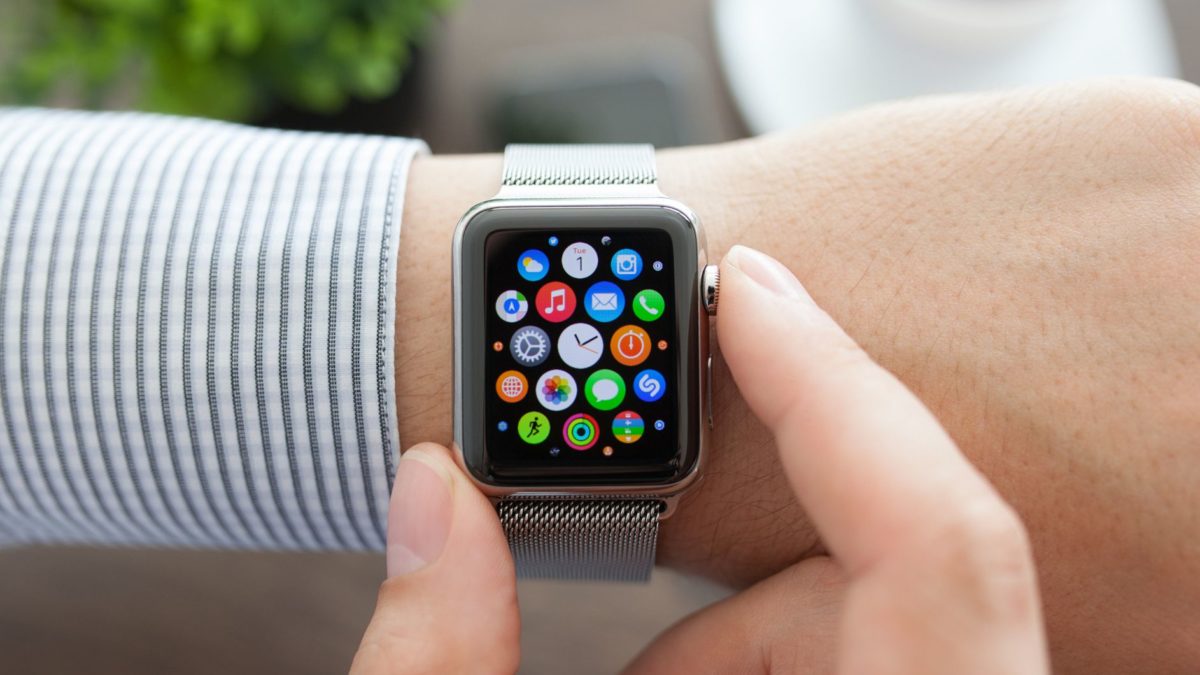If you are in love with smartwatches then you have probably come in contact with new features and sensors. And in those epidemic days there every one is in fear of this virus. The major damage to this virus is to the respiratory system. When a person is affected by this virus, he faces a shortage of oxygen levels which can cause even death of the person.
In this evolving century, every coming day brings new things. To help the world in this epidemic day smartwatches have some new features and sensors like SpO2 sensors and pulse ox. These sensors help you to measure your oxygen saturation which is the blood oxygen level. Unluckily, if you are infected with the virus, you will obviously face an oxygen shortage. Oxygen shortage in your blood can cause HYPOXEMIA whose common symptoms are asthma anemia and lung diseases which can cause some serious damage to your body. [i]This is why continuously tracking SpO2 is important. The smartwatch will measure your oxygen level and will alert you. Some smartwatches can even measure your SpO2 during your sleep and also allow you to take the direct measurement.
A completely normal range of SpO2 is considered 95%. It can also be taken as 90% tell as a normal range for some people with old age or some diseases.
How do the SpO2 sensors work in the smartwatches?
The working of SpO2 in smartwatches is similar to photoplethysmography (PPG) sensors which are used to measure heart rate.PPG sensors work by flashing a green light into your skin and the light is reflected which is used to measure heartbeat. But there is a lit bit of difference in the SpO2 sensors in which red and infrared light into your skin. And similarly, the light is reflected back which is used by the smartwatch which has an algorithm that uses reflected light to measure oxygen levels. The SpO2 sensors basically work on the Reflectance Oximetry technique in which the difference between incident and reflected light is used.
The red and infrared lights are used because they have a smaller wavelengths of about 650nm and 950nm. These smaller wavelengths can differ easily between oxygenated blood which has oxygen in it and deoxygenated blood which is without oxygen.
The difference between incident and reflected light is taken as the SpO2 level of the body. It is considered that SpO2 sensors give a more accurate value when body temperature is low so that blood flows towards the skin so infrared light comes in contact with blood.
What is the accuracy of smartwatches?
Pulse oximeters are considered more accurate than the SpO2 sensors for measuring oxygen levels.
It is also said when light shines through the fingertip it passes through your entire finger while measurement from the wrist is less reliable. That’s why pulse oximeters have more accuracy.
Moreover, Pulse oximeters are taken as the general medical device while SpO2 sensors in smartwatches are just for wellness so you should not use them for medical purposes because readings are not accurate as oximeters. Pulse Oximeter uses an electronic process. The red and infrared lights are used because they have smaller wavelengths of about
650nm and 950nm. These smaller wavelengths can differ easily between oxygenated blood which has oxygen in it and deoxygenated blood which is without oxygen. The oxygenated blood absorbs infrared light while it allows passing a red light. While non-oxygenated blood absorbs red light and passes infrared light.
The best thing these sensors in smartwatches can do is give your baseline reading. These are some limitations of SpO2 sensors.
There are some watches that come with better SpO2 sensors and can give more accuracy. These smartwatches include
Apple watch series 6 or series 7
Samsung Galaxy watch 4
Although these watches are costly, they give a minimum error for measuring oxygen saturation.

